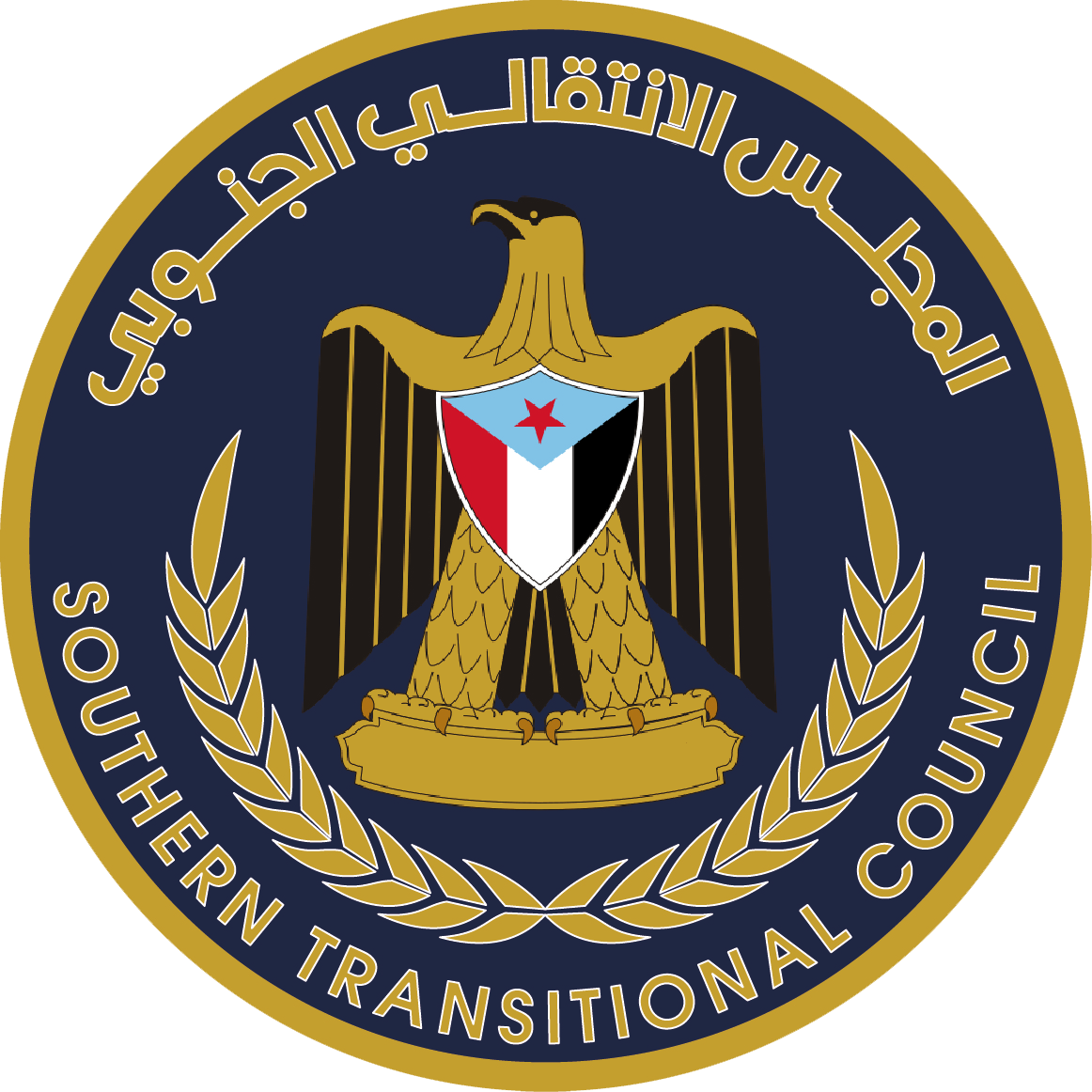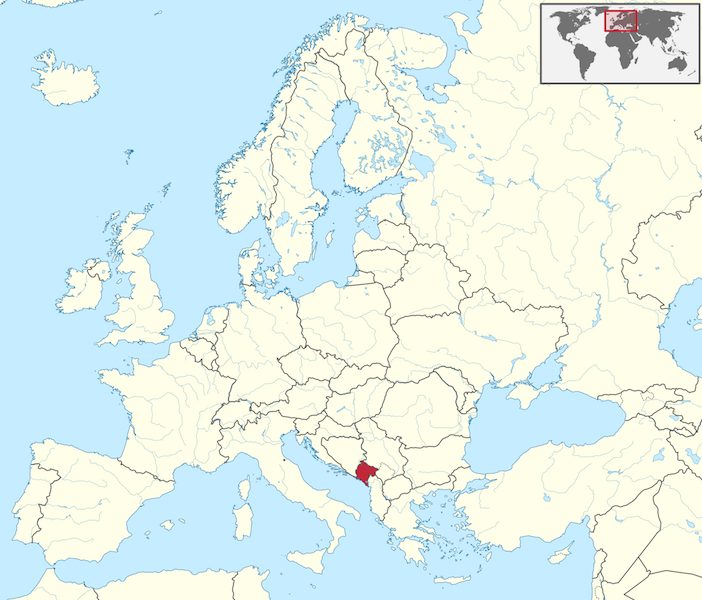Inspired by the collection of revolutions which comprised the so-called ‘Arab Spring’, Yemeni citizens flooded the streets in 2011. They hoped to not only force President Ali Abdullah Saleh’s resignation, but also to pave the way for a more prosperous path of reform in the country. Much like their Egyptian and Tunisian counterparts, Yemeni nationals grounded their disenfranchisement in the rampant corruption and worsening economic conditions they have had to endure, with over 40% of the population living below the poverty line as of 2006. Nevertheless, while the Yemeni revolution was successful in prompting Saleh’s resignation, its impact on the country’s political and economic trajectory has been far from desirable. Aside from worsening poverty (i.e. 54% in 2014), the rapid escalation of the conflict has pushed much of the Yemeni population into famine, with an estimated 22.2 million in dire need of humanitarian aid. To make matters worse, the Yemeni Civil War has drawn enormous amounts of regional attention and intervention, ultimately transforming it into a proxy war between regional hegemons, Saudi Arabia and Iran. Each superpower has made tremendous efforts to propagate the greater Sunni-Shia conflict of the region, with Saudi Arabia backing the Sunni-dominated Hadi government and other Hadi loyalists, and Iran remaining in support of the largely Shia-led Houthi rebels.
Tensions between the various actors rose tremendously on January 28th 2018, when deadly clashes burst between Hadi government forces and the Southern Transitional Council (STC), a South Yemeni secessionist movement, in the port city of Aden. Despite being formerly allied together against the Shia-led Houthis, the two groups clashed following the expiry of a deadline set by the STC for the dismissal of cabinet. Much of Aden is now under separatist control, but to comprehend the exact importance of this event in the progression of the Yemeni Civil War, one must naturally investigate the roots of the conflict.
Following months of protests, former President Ali Abdullah Saleh’s three-decade rule culminated in his ousting in early 2012. Together with the Gulf Co-operation Council, Saleh signed a political transition plan which, despite being considered a failure today, promised a transfer of power to Vice President Abdrabbuh Mansur Hadi, in return for political immunity for him and his family. Although the plan was rejected by many of the protesters and the Houthis—who had waged their own struggle against the government years prior—it was, at least the on the exterior, a success. A presidential election was held in February 2012, and Hadi emerged victorious with over 99% of the vote. Hadi promised to remain in power for only two years, with the goal of solely overseeing the drafting of a new constitution. However, remaining consistent with the behavior of most Arab strongmen, his promise was not met. While Hadi was meant to retain power only until the 2014 presidential elections, his rule was extended a year, and he has remained in power thereafter. Supporters of former President Saleh, holding dearly the belief that his ousting was illegitimate, began to sympathize with the similarly disenfranchised Houthi supporters, who have a history of igniting civil instability in Yemen. Eventually, following the UN-imposed sanctions on Saleh and the Houthis in November 2014, their alliance against the international community and, of course, the Hadi government, was virtually solidified. Later in 2017, however, the alliance broke down with Saleh’s supposed collusion with the Saudi coalition, which led to his assassination by the Houthis in Sana’a.
Nevertheless, together with Saleh’s supporters, the Houthis were able to take control of various regions in the North and, more importantly, Sana’a, the capital of Yemen. The Houthi seizure of the government headquarters in Sana’a placed President Hadi in a situation devoid of choices. Following extended turmoil throughout the city, Houthi fighters were able to surround the presidential palace, and Hadi was forced to resign on January 22nd, 2015. After a month under house arrest in Sana’a, Hadi and his close circle were forced to flee to his hometown of Aden, leaving Yemen under the control of the Houthis, a group whose banner translates to “God is Great, Death to America, Death to Israel, and Victory to Islam.” While in Aden, Hadi declared the Houthi takeover an unconstitutional coup d’état, and maintained that no orders from Sana’a would be followed. Nevertheless, with aspirations to establish complete hegemony within the state, the newly established—although illegitimate—Houthi government sought to take control of various regions in Southern Yemen. The Houthi offensives were largely successful, and progressed as far as the outskirts of Aden, the de facto capital for the Hadi government and other Southern militia groups, including the newly-established Southern Transitional Council. Their proximity to the Aden stronghold forced Hadi to flee to neighboring Saudi Arabia. Fighting between Houthis and Hadi loyalists—many of whom were also supporters of separatist movements—transpired in and around Aden for an extended period of time. A Saudi-led coalition which includes the US, the UAE, and numerous other Arab nations, began supporting Hadi loyalists in hopes of diminishing Shia influence perpetrated by the Houthis, who allegedly receive support from Hezbollah and regional hegemon, Iran. A series of bombing campaigns coupled with a complete naval blockade by coalition warships, aided Hadi forces in recapturing Aden and much of the surrounding region. This permitted Hadi’s return to his hometown and temporary capital, and allowed him to oversee a series of subsequent campaigns targeted at reinstating control of Sana’a. He soon returned to Saudi Arabia, however, operating his internationally-recognized Aden government from Riyadh. The coalition, receiving tremendous intelligence and aerial aid from the UK and the US, performed a variety of military campaigns targeted at alleged ISIS/ISIL and Al Qaeda hideouts. In so doing, various critics have stressed the detrimental impact the Saudi-led coalition has had on Yemen’s infrastructure, its stability, and most importantly, its people.
The constant destruction of pivotal infrastructure (i.e. ports, schools, airports, hospitals) combined with an aid-impeding blockade imposed by the Saudi coalition has left Yemen in a “famine of Biblical proportions.” The majority of the population is in need of some form of humanitarian aid, and this has left many—specifically Southern separatists who were once allied with the government against the Houthis—resentful of Hadi and his Saudi allies. Despite establishing shared control of Aden with Hadi for over two years, the Southern Transitional Council—a UAE-backed militia which arose from the remnants of the Southern Movement in 2017—gave the government an ultimatum: Given the ever-growing corruption as well as the exacerbation of the horrific humanitarian crisis, Hadi must dismiss parliament by January 28th, 2018. Upon expiration of the deadline, STC troops who, despite having been allied for years with the Hadi government against their common enemy, began a takeover of Aden. While various international requests were made for both the Hadi government and the STC to shift their focus onto the fight against the Houthis, STC forces have maintained their persistence on overthrowing Hadi’s hegemony in the South. After approximately two days of fighting, the Yemeni separatists successfully established control over the city of Aden, essentially surrounding Hadi’s government headquarters.
The clashes have served as a highly impactful setback to the Arab coalition, seeing as local Emirati and Saudi allies have effectively turned on each other. While the Hadi government repeatedly tries to establish a ceasefire, it is clear that as the conflict escalates, so does the humanitarian crisis. In hopes of countering the detrimental impacts of their aid blockade and military intervention, the Saudi-led coalition has pledged $1.5 billion in aid to Yemen, and the construction of various channels for the delivery of said aid. Nevertheless, while aid to the Yemeni population is certainly necessary, decreased military intervention in the region—directly from Arab states and indirectly from Western ones—is undoubtedly necessary for the mitigation of the humanitarian crisis, and the eventual establishment of peace.
Photo: Photo of the STC’s emblem, a southern secessionist movement established in April of 2017. Via Wikipedia. Public Domain.
Disclaimer: Any views or opinions expressed in articles are solely those of the authors
and do not necessarily represent the views of the NATO Association of Canada.




